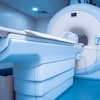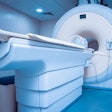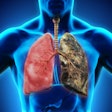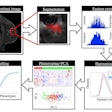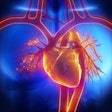Dear Digital X-Ray Insider,
What if you applied a computer-aided detection (CAD) algorithm to digital chest tomosynthesis studies that have suspicious lung nodules? Would CAD make an appreciable difference in the diagnostic performance of radiologists reading the exams?
Yes and no. Researchers from Japan had readers review digital tomo studies with the aid of a CAD algorithm and then measured their performance. They found that the benefits of CAD varied based on the experience level of the reader. Find out who CAD helped the most in this edition's Insider Exclusive.
A technology related to CAD -- artificial intelligence (AI) -- was all the rage at the RSNA 2017 meeting earlier this month. Researchers in particular tested AI algorithms on digital radiography images, such as a study on the use of AI to detect pneumothoraces on chest x-rays, or a study on a deep-learning algorithm that was able to detect more than a dozen specific abnormalities on chest studies.
Speaking of AI, one of the research papers that had people buzzing in mid-November was from researchers at Stanford University, who claimed their AI algorithm was able to detect 14 specific abnormalities on chest x-rays -- better than radiologists. Learn more by clicking here.
And in other AI news, another group from Stanford developed a deep-learning convolutional neural network algorithm to calculate skeletal maturity based on pediatric hand radiographs. Get that story by clicking here.
Farther afield, researchers from Massachusetts General Hospital used radiography to demonstrate the toll the opioid crisis is taking in the U.S. in a study presented at RSNA 2017. And in another study presented in Chicago, x-ray images were shown to be useful in detecting signs of domestic abuse.
These stories and more are available in your Digital X-Ray Community. We hope you've enjoyed reading about x-ray's oldest modality over the course of the past year. We're excited about radiography's potential in the new year as artificial intelligence makes its way into clinical practice.
See you in 2018!



